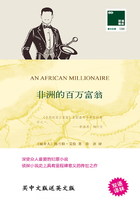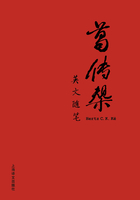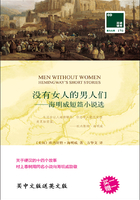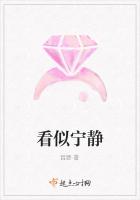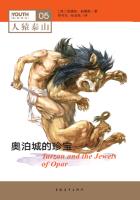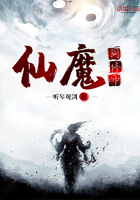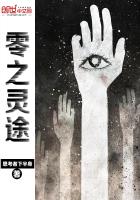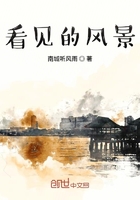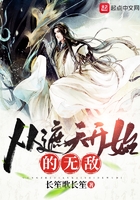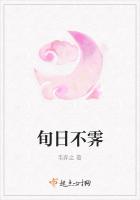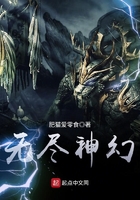汉语,在日本被称为中国语。其实中国很大,有56个民族,其中像朝鲜族、蒙古族等,他们都分别有自己的语言,分别是朝鲜语、 蒙古语等。那汉语到底是什么呢?其实汉语是汉族语,中国人中汉族人最多,所以其他的55个民族被称为少数民族。因为汉族语使用的人多,所以它成了中国不同民族之间交流的主要工具。
The Chinese language in Japan is called “China language”. Within China,there are actually 56 nationalities. Among them are Korea and Mongolia which have their own languages : Korean and Mongolian. So,what then is “Chinese language?” In fact, it is actually “ Han language. ” In China, the Han population is the largest. The other 55 nationalities are referred to as minorities. As most people use the Han language,it has become the main tool for communication between the different nationalities.
汉语有自己的发音,也有自己的文字。虽然中国人都使用相 同的汉字,但是因为中国地域辽阔,不同地区,人们之间的发音存 在很大的区别,形成了很多方言。比如上海话、广东话等,如果上 海人在广东说上海话,估计很少有人能听得懂;同样,广东人来上 海,如果说广东话,很多上海人也听不懂。不同的方言让人们的沟通变得困难,因此949年新中国成立以后,政府开始大力推广普 通话。普通话是以北京语音为标准音,以北方话为基础方言,以北 方人的词汇为基础词汇的现代汉语。现在中国人主要使用普通话 进行交流,因此现在外国人学习的汉语其实就是普通话。
The Chinese language has its own pronunciation and its own characters. Even though the Chinese people use the same characters, they may differ in their pronunciation from place to place, because of the sheer size of the country. As a result many dialects exist within China eg: Shanghai hua,Guangdong hua etc. If Shanghainese speak Shanghai hua in Guangdong,I think that few people would understand what is being said. This would also apply for people speaking Guangdong hua in Shanghai. Different dialects canmake communication very difficult. After the foundation of New China in 949 the Government made great efforts to spread putonghua; the common language. Putonghua now is called “Modern Chinese”. Pronunciation of putonghua is based on the Beijing dialect and the vocabulary is based on the north Chinese language. Now,the Chinese people mainly use putonghua to communicate. The Chinese language that foreigners learn is actually putonghua.
汉语由汉字和语音构成。本书的内容主要是针对来中国工作 和生活的外国人设计的,学习汉语主要是为了能够让日常生活变 得容易,从而也能与中国人变得亲近。我们知道学汉字是比较难 的,正因为如此,很多人放弃了学汉语的念头。其实学汉语不一定 非得要学汉字。对很多在中国短期工作和生活的外国人而言,会 说点汉语是他们最想要的。基于此,本书突破了以往以学习汉字 来学习汉语的诸多局限,通过拼音来学汉语,让汉语学习变得不再
那么困难。因为汉字教学有它自己的规律,通常需由易到难,而拼 音学习就不存在这样的局限了。不过我们还是附上了汉字,以便 于辅导老师的教学,同时也供那些日后对汉字有兴趣的人学习。
The Chinese language is composed of characters and pronunciation. This book is specifically written for foreigners who have come to work and live in China. It allows them to learn Chinese to make their lives easier and to be able to communicate with the Chinese people. I know that learning Chinese characters is difficult and because of this people often lack motivation to continue learning. In fact,to learn Chinese,it is not essential to learn the characters. To be able to communicate verbally is often the foreigners’ desire. Based on this,I have written this book. often Chinese textbooks rely on foreigners learning the characters,but with thisbook, pinyin, which is the pronunciation of the language ,is taught,allowing foreigners to quickly be able to communicate effectively. I have still included the Chinese characters in this book for the convenience of the tutor and also for the interest of the foreigner,who may want to learn the characters later.
本书以功能为纲,设计了 0个话题,这些话题所相应的情境 是日常生活中最常发生的,因而也是最实用的,语料也是最新的汉 语。根据笔者0年来的教学实践,建议您找个中国辅导老师, 每周坚持跟辅导老师学习到个小时,并自己每天坚持学习5 分钟,相信在坚持学完0个话题之后,您与中国人的交流会变得 容易得多,您在中国的生活也将变得更为舒适,更加精彩。
The content of the book is functional and practical. It consists of 0 chapters which are relevant to everyday life. The material is in today’s language. I have 0 years experience in teaching foreigners and I recommend that in conjunction with this book,a tutor is necessary for one or two hours a week and personal study time is essential for 5 minutes every day. I believe that after studying these 0 chapters,foreigners will be able to communicate their daily needs effectively and their lives will become more comfortable and colorful.

